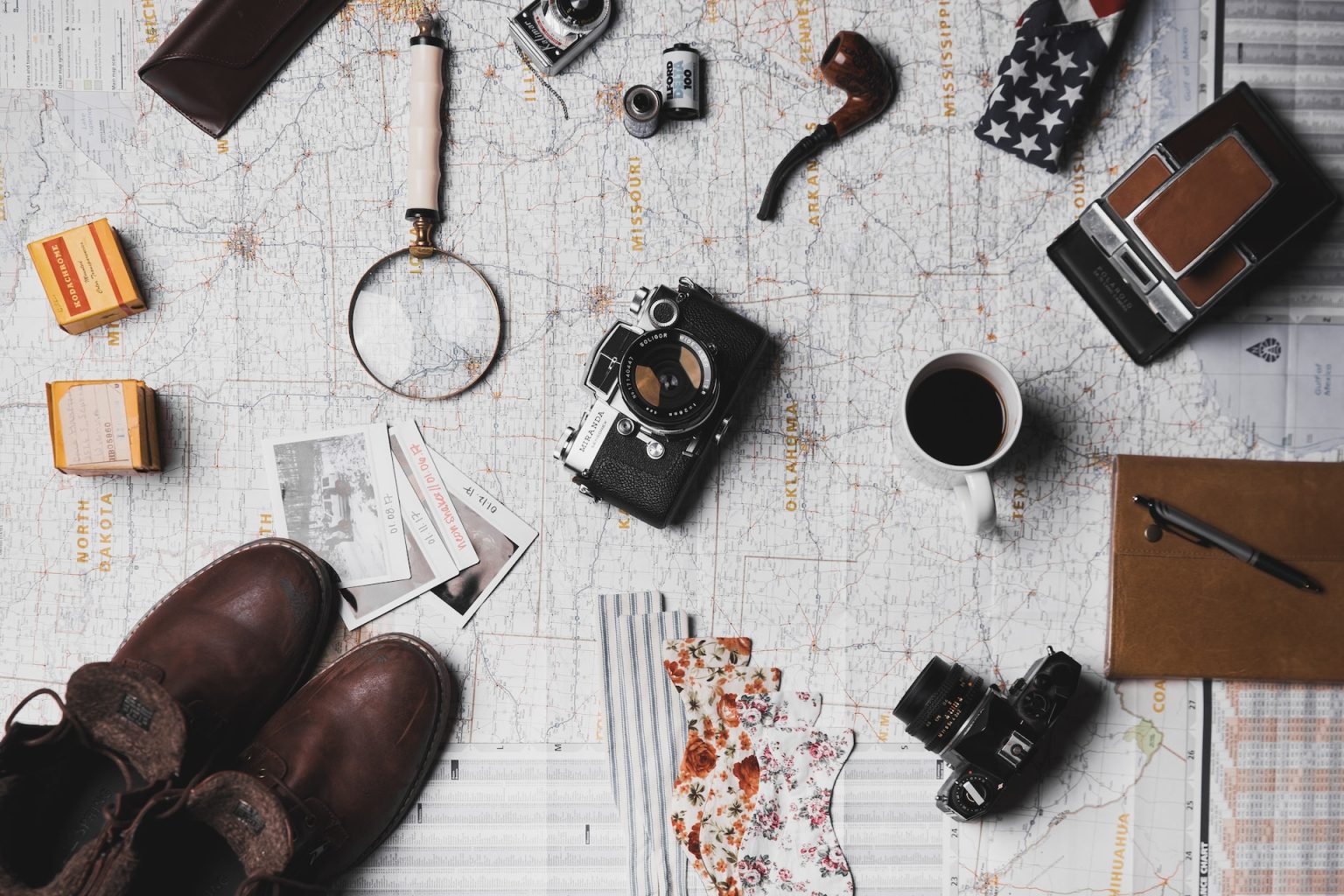Jeremy Casson is an art conservator with a passion for travel and experiencing new places and cultures. This article will provide pointers on creating a travel itinerary, helping travellers to budget, organise and plan trips and maximise time spent in new locations.
In constructing an itinerary, travellers need to consider:
- Where they want to go and why
- Their budget
- How much time the trip will take
- Who they are travelling with and how best to coordinate the party
- Any allergies or dietary restrictions
- Their most desirable mode of transport, weighing up which offers best value
- Whether they know anyone who has visited the location previously and could offer insights and advice
Having assessed these factors, travellers can weigh up the different options and plan their vacation accordingly. Whether the traveller’s first priority is adventure or relaxation, they need to choose a location that aligns with these goals. For many people, travelling to a faraway destination is a once-in-a-lifetime opportunity they will be unable to repeat, so they must choose wisely and make the most of their resources and time. Nevertheless, it is also important to avoid information overload.
Reading travel blogs can be an effective way of getting a feel for a destination from people with similar taste and travel styles. Travel forums and Facebook groups are also an excellent means of crowdsourcing ideas from like-minded travellers.
Having decided on a destination, the next step is to collect relevant information about the trip, including flights, hotels, car rental services and local restaurants. Careful research is important at this stage because it helps the traveller to assess any special arrangements that may need to be made prior to arrival, for example visa requirements, residency permits, vaccination certificates and carry-on liquids rules. In addition, research can also help travellers to assess what activities are available at the destination.
When visiting a country for the first time, it is helpful for travellers to have a basic understanding of the location and its customs to reduce the risk of falling prey to a scam and situations that make them feel uncomfortable.
Once the party has decided on the places and activities for their trip, it is a good idea to create a map, planning to visit these places sequentially. The party will also need to create a budget. There are numerous budgeting apps available, but it is a good idea to ensure that they work offline as the internet may not be available at all times while travelling.
Travellers should ensure that they bring a list of emergency contacts along with them, including the address and telephone number of their country’s consulate if travelling abroad, as well as flight numbers and airline, hotel and car rental company contact details.

